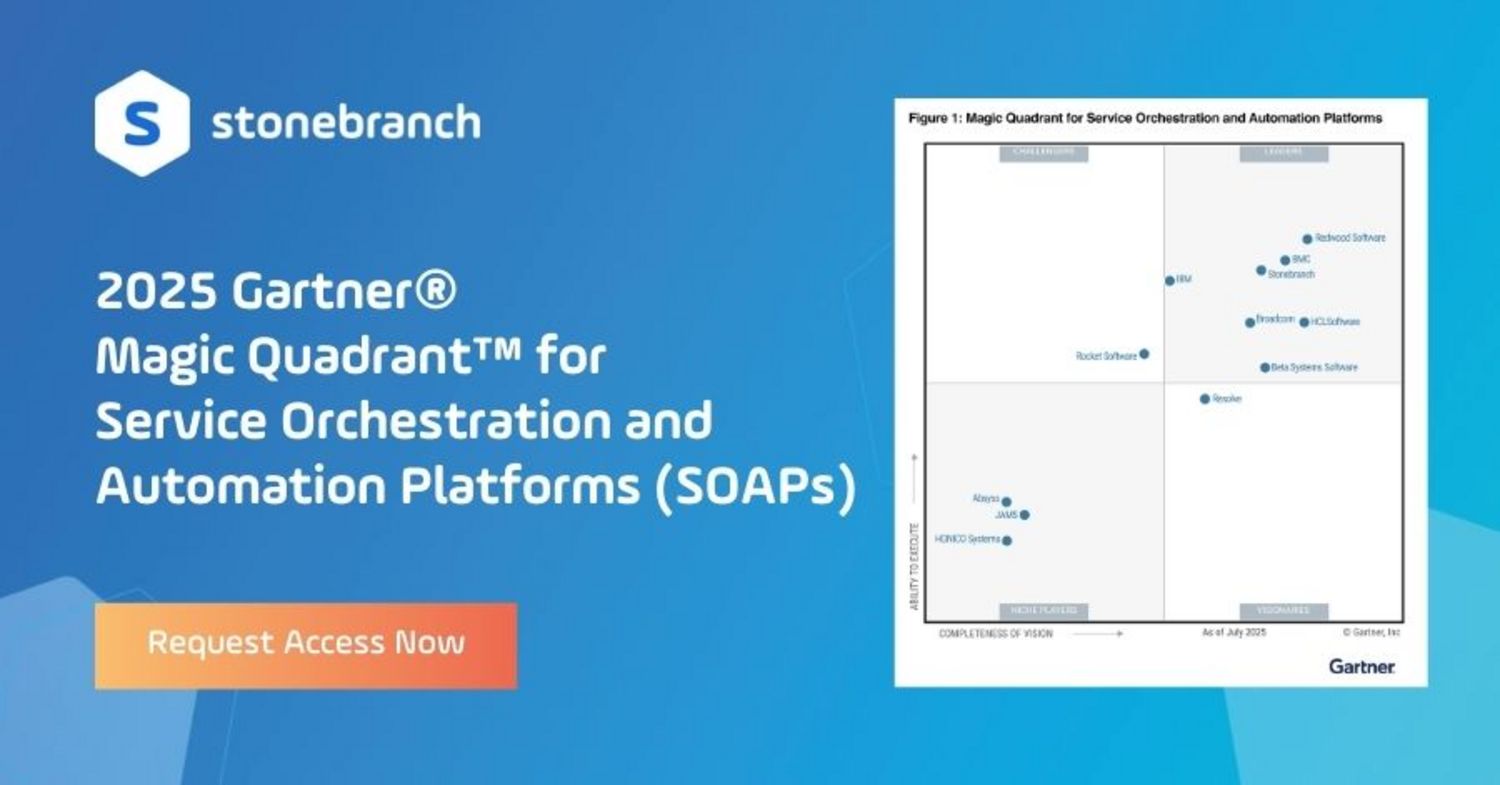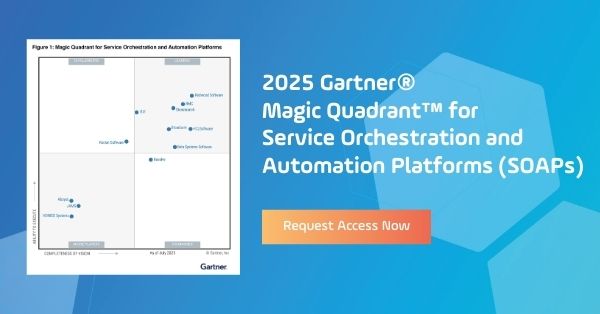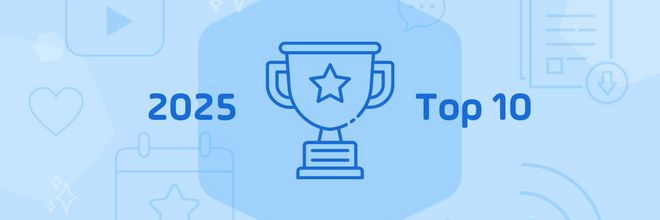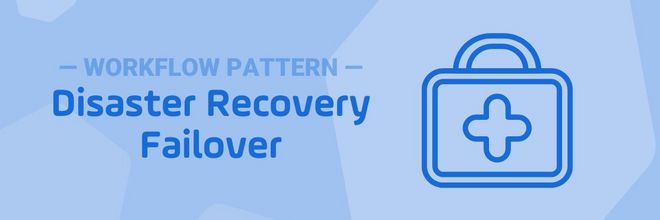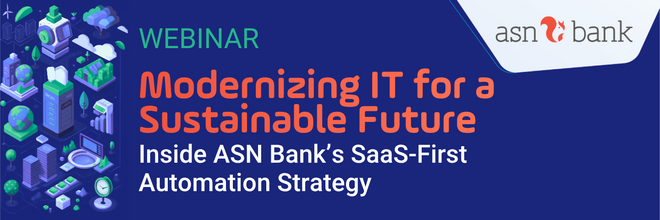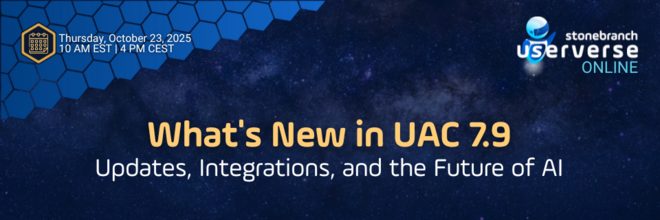Essential Insights from the 2025 Gartner Critical Capabilities for SOAPs Report
Discover the Critical Capabilities and Use Cases identified by Gartner in the 2025 Critical Capabilities for Service Orchestration and Automation Platforms (SOAPs) report.
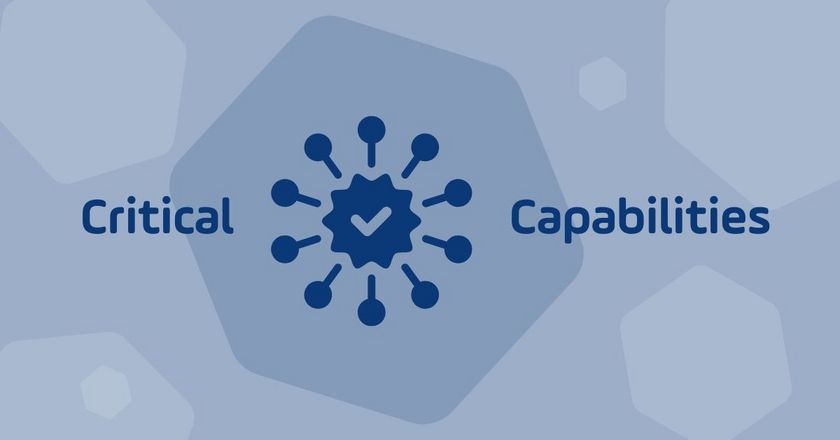
The 2025 Gartner® Critical Capabilities for SOAPs report offers a detailed look at the evolving automation and orchestration market. Published on August 26, 2025, the report was released in conjunction with the 2025 Gartner Magic Quadrant™ for SOAPs, where Stonebranch was named a Leader for the second year in a row thanks to its strong Completeness of Vision and Ability to Execute. Together, these reports provide essential insights into how SOAP solutions are shaping the future of intelligent orchestration across IT and business domains.
Why This Report Matters
As organizations continue their digital transformation journeys, the demand for automation platforms that manage complex workflows across hybrid IT environments is increasing. SOAP solutions provide the foundation to orchestrate workloads, streamline data pipelines, integrate with DevOps toolchains, and empower non-IT users with self-service automation. Importantly, the 2025 report highlights the growing role of generative AI (genAI) and the introduction of agentic AI, which enables more autonomous, goal-driven orchestration.
By 2029, Gartner predicts that:
- 90% of organizations currently delivering workload automation will be using SOAPs to orchestrate workloads and data pipelines across IT and business domains.
- 75% of SOAP workflows will leverage generative AI, improving troubleshooting efficiency by 50%, up from less than 10% today.
Importance of Service Orchestration and Automation Platforms
SOAPs are essential for I&O leaders who need to design, implement, and orchestrate business services across hybrid environments. While traditional workload automation focused on IT-centric tasks, SOAPs extend their reach into workflow orchestration, data pipelines, citizen automation, and DevOps. With their robust capabilities, SOAPs can address increasing complexity, enabling enterprises to scale and integrate various business and IT processes across the cloud and on-premises systems.
Critical Capabilities and Key Use Cases
In their 2025 Critical Capabilities research, Gartner evaluates 12 vendors against 14 critical business criteria, measuring their alignment with five key use cases: IT Workload Automation, IT Workflow Orchestration, Data Orchestration, Citizen Automation, and DevOps Automation. Vendors were scored on evaluation areas such as automation, orchestration, integration, execution, intelligent automation, resilience, and security.
Notable Market Updates
- Vendor Count: 12 vendors evaluated (down from 13 in 2024).
- Added: JAMS (as an independent vendor).
- Dropped: Fortra and SMA Technologies.
- AI Trends: Expanded focus on genAI and agentic AI as differentiators in orchestration maturity.
SOAP Critical Capabilities
- Artifact management supports the validation, versioning, and security of automation tasks, such as jobs, scripts, and workflows. It may also integrate with standard tools like GitHub or GitLab.
- Automation manages the execution, integration, and coordination of tasks and workflows across various environments, including DevOps, ERP, hybrid/multi-cloud, ITSM, and mainframe systems.
- Orchestration allows users to create and manage workflows through forms, low-code tools, and development environments, with options to import/export workflows between different platforms.
- Execution handles triggers (timers, events) from connected systems to start and manage workflows.
- Design and development support different users in designing and developing workflows for automation.
- Integration connects with diverse technology systems, including mainframes, cloud platforms, distributed systems, and SaaS solutions.
- Intelligent automation uses AI, including generative AI, to understand data and optimize workflows.
- Monitoring and observability provide real-time visibility into workflow performance via dashboards, logs, and metrics to identify and prevent potential issues or SLA breaches.
- Planning and optimization assess and test workflows, offering suggestions to improve performance.
- Platform ecosystem expands functionality through APIs, SDKs, and integration with community resources and internal catalogs.
- Resilience and high availability ensure workflows continue or restart after system failures.
- Scalability and flexibility scale resources up or down to meet changing workload demands.
- Security and compliance supports role-based access, credential management, secure communication, and data privacy to meet regulatory standards.
- Value determination measures the cost savings and other benefits delivered by the platform.
SOAP Use Cases
Using the capabilities above, Gartner highlights various Use Cases that exemplify the diversity and flexibility of SOAPs across different organizational needs:
- IT Workload Automation: traditional IT operations-centric automation, managing workloads across enterprise systems.
- IT Workflow Orchestration: workflow execution and management across IT and enterprise systems.
- Data Orchestration: managing data-centric workflows from extraction to reporting.
- Citizen Automation: enabling non-IT users to create and execute workflows under IT governance.
- DevOps Automation: supporting DevOps practices by automating testing and delivery processes.
Stonebranch's Inclusion in the 2025 Gartner Critical Capabilities Report
Stonebranch Universal Automation Center (UAC) continues to shine as a top-tier SOAP platform, recognized for its ability to orchestrate across complex hybrid IT environments.
Key Highlights
- Highest-Scoring Use Case: Citizen Automation. Stonebranch ranks among the leaders in Citizen Automation, thanks in part to the introduction of Universal Portal, which empowers both technical and business users.
- Ranked Among the 5 Highest Scoring in All 5 Use Cases. With a score of 4.0 (excellent) or higher for all five Use Cases, Stonebranch showcases its versatility and strength across various automation scenarios, including Data Orchestration, Citizen Automation, IT Workload Automation, IT Workflow Orchestration, and DevOps Automation.
- Top Critical Capabilities: Orchestration and Execution. Stonebranch scored excellent or higher in 12 of the 14 Critical Capabilities, and received Outstanding marks for Orchestration and Execution. UAC enables orchestration across mainframe, cloud, and containerized environments, reinforcing its reputation as one of the strongest hybrid IT automation platforms.
Why Stonebranch is Recognized
Stonebranch’s placement in the 2025 Critical Capabilities for SOAP report highlights its role as a trusted partner for enterprises navigating hybrid IT complexity. With capabilities in workload automation, citizen automation, and data orchestration, UAC supports enterprises seeking scalability, visibility, and efficiency across their IT and business processes.
As Gartner notes, the market is shifting from simple task automation to intelligent orchestration. Stonebranch is well-positioned to help enterprises achieve this transformation with a proven, secure, and modern platform.
Start Your Automation Initiative Now
Schedule a Live Demo with a Stonebranch Solution Expert

Gartner, Critical Capabilities for Service Orchestration and Automation Platforms, Chris Saunderson, Cameron Haight, Daniel Betts, Hassan Ennaciri, 26 August 2025. GARTNER is a registered trademark and service mark of Gartner, Inc. and/or its affiliates in the U.S. and internationally, and MAGIC QUADRANT is a registered trademark of Gartner, Inc. and/or its affiliates and are used herein with permission. All rights reserved. Gartner does not endorse any vendor, product or service depicted in its research publications, and does not advise technology users to select only those vendors with the highest ratings or other designation. Gartner research publications consist of the opinions of Gartner’s research organization and should not be construed as statements of fact. Gartner disclaims all warranties, expressed or implied, with respect to this research, including any warranties of merchantability or fitness for a particular purpose.

